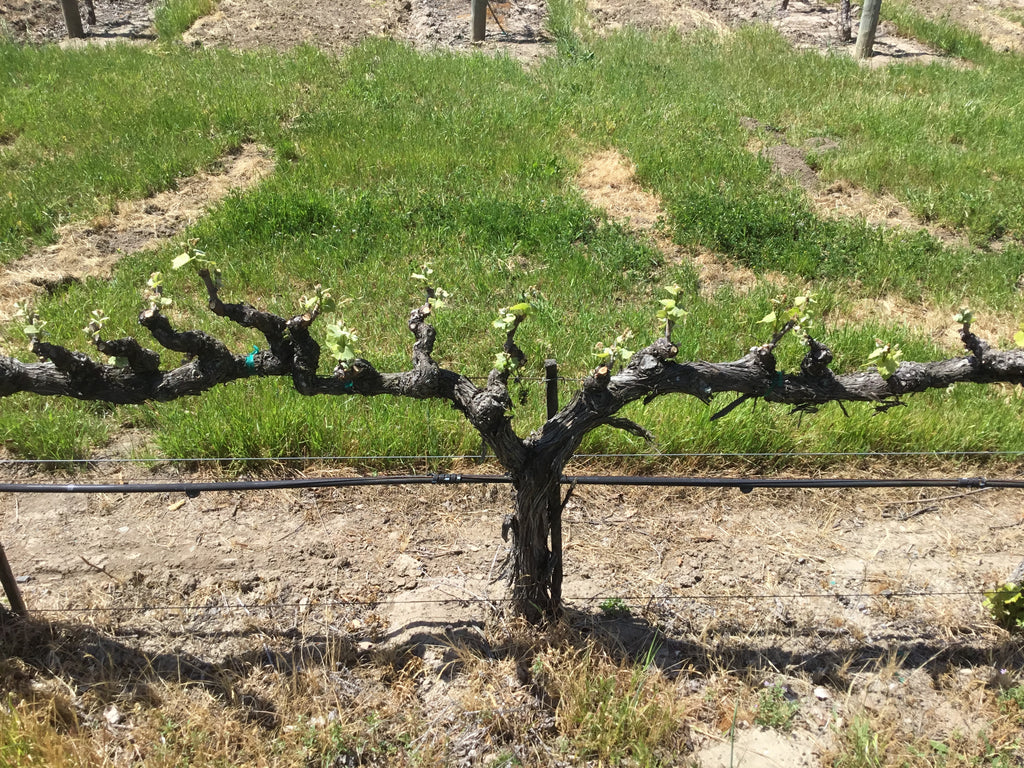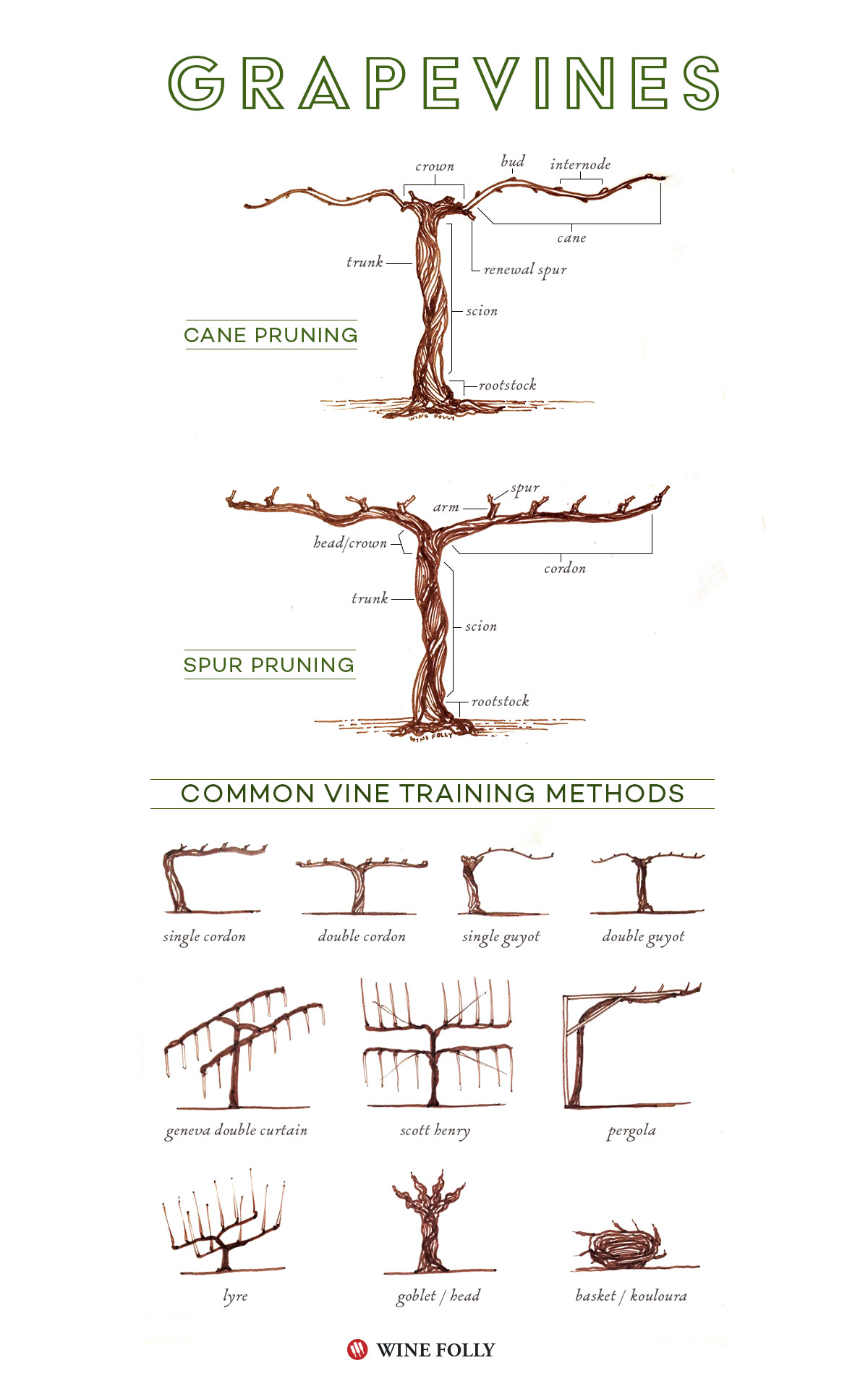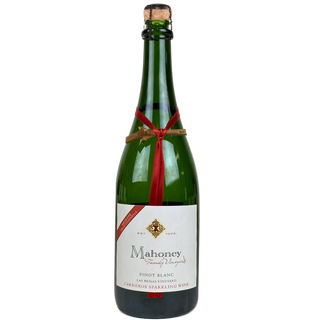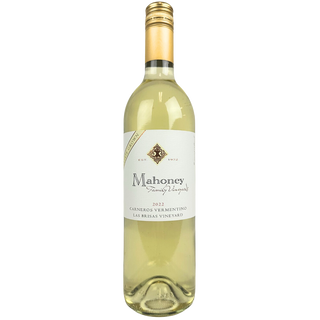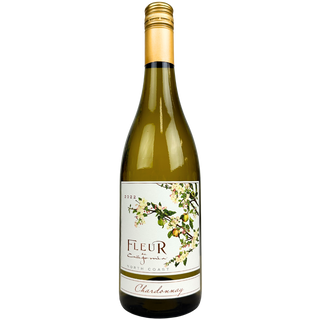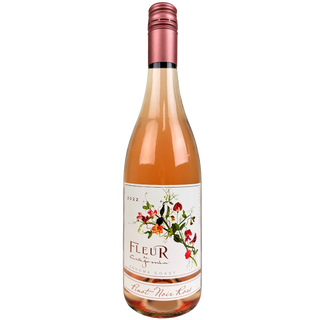Cordon (Spur) Pruning
Cordon-trained, spur pruned vines use a permanent horizontal structure that extends from one or both sides of the main trunk that stay in place along the fruiting wire year after year. Each permanent arm has spurs that grow vertically every six to eight inches. The length of the cordon arms is usually determined by the vigor of the vine but they often contain between six and eight spurs per arm. Cordon pruned vines offer a strong, rigid structure, and are often used for large cluster or heavy-bearing varietals, such as Zinfandel. This system can certainly be used on many other varieties, including Pinot Noir, and was the original pruning method for all of the Las Brisas Vineyard. Over time, however, production on cordons can become uneven, and much of our Pinot at Las Brisas and Mahoney Ranch is now cane pruned. Some of our Vermentino vines are still Cordon pruned. Pruning is relatively simple, as spurs on the Cordon are simply cut back to two buds in late winter or early spring, which reduces total time and labor.
